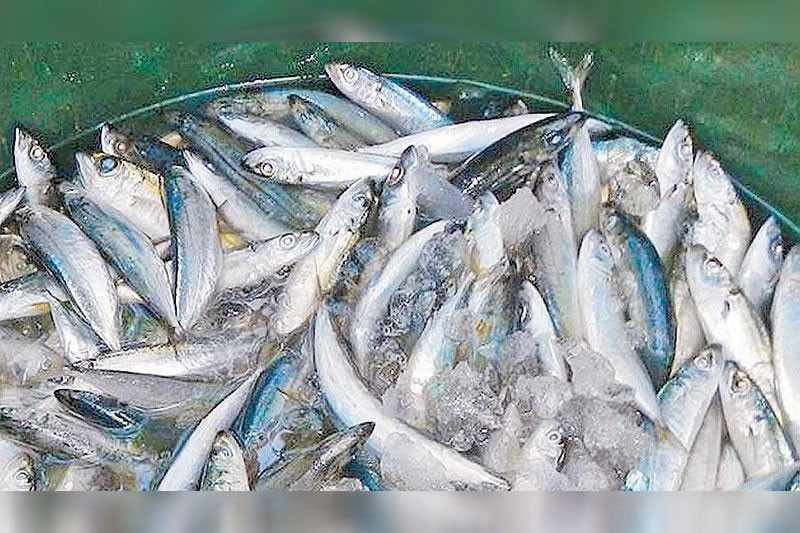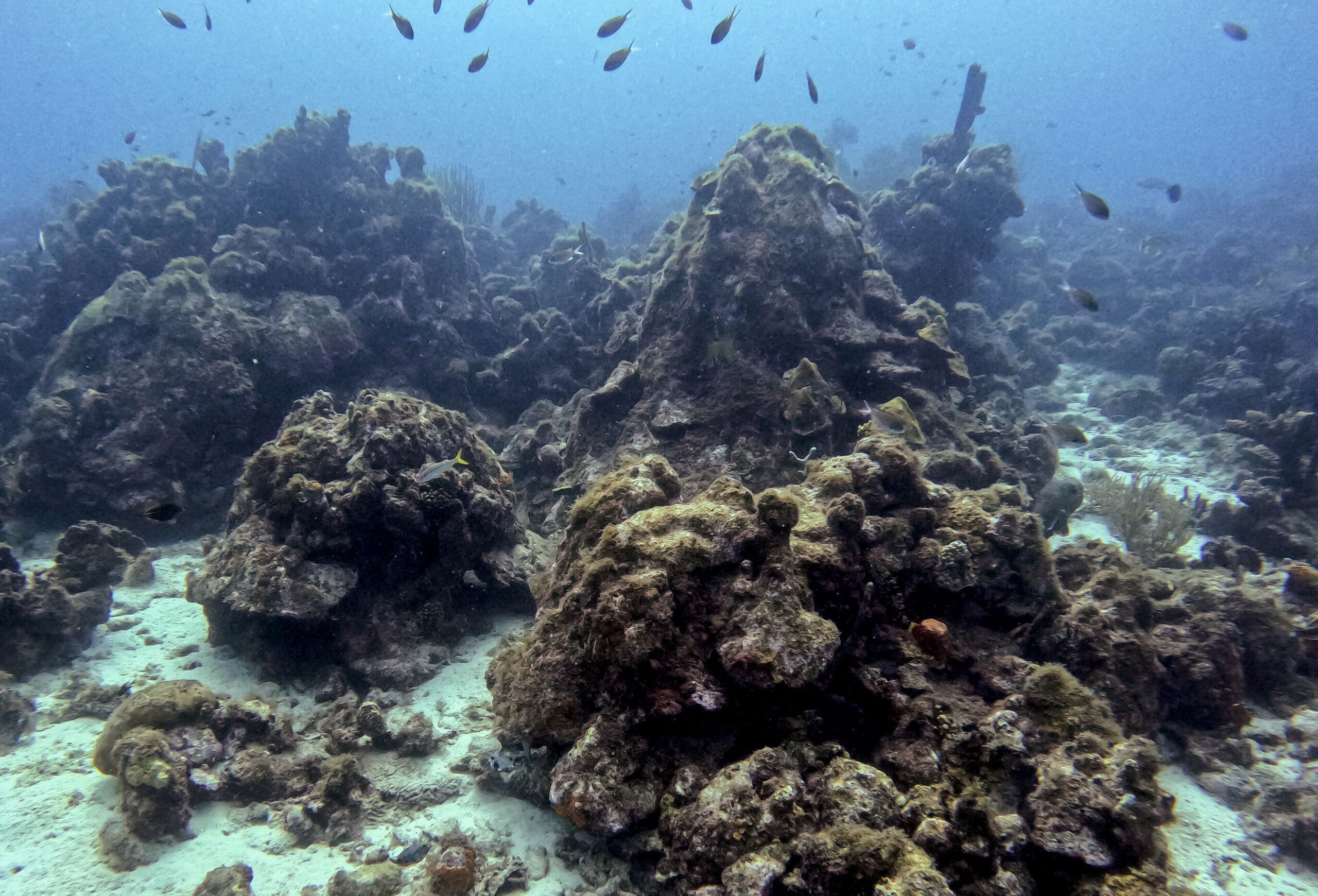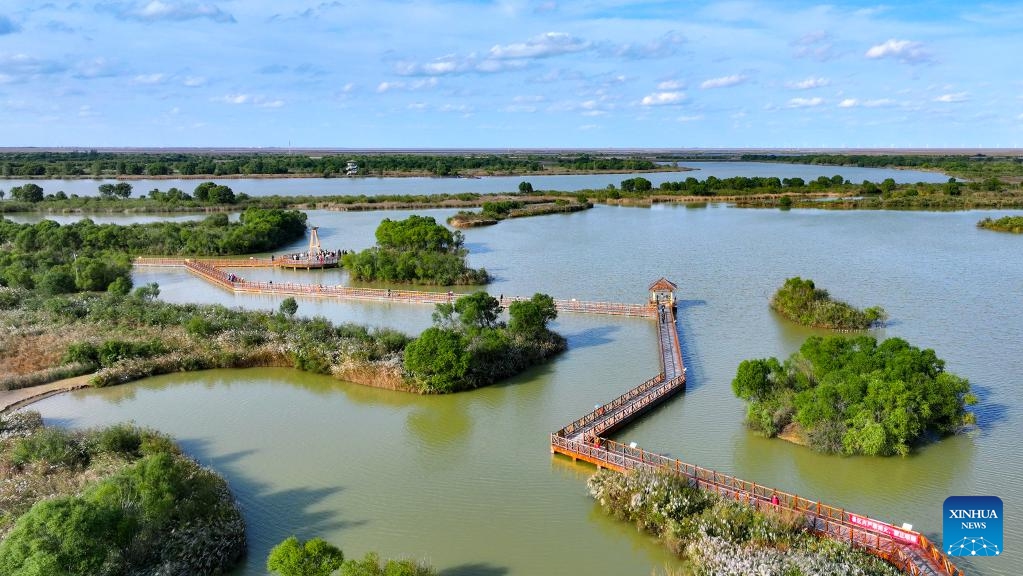EU Fishing Industry Urges Urgent Mackerel Sharing Deal for 2026 – The Fishing Daily

Report on the North Western Waters Advisory Council’s Critique of the EU Fisheries Control Regulation
Introduction: Aligning Fisheries Control with Sustainable Development Goals
The North Western Waters Advisory Council (NWWAC) has submitted a comprehensive 15-page critique of the European Commission’s draft Delegated Regulation on fisheries control. The report asserts that the proposed measures are unworkable, disproportionate, and were developed through an inadequate consultation process. Crucially, the NWWAC argues that the regulation, in its current form, undermines the principles of several Sustainable Development Goals (SDGs), including SDG 14 (Life Below Water), SDG 8 (Decent Work and Economic Growth), and SDG 16 (Peace, Justice, and Strong Institutions). The Council calls for a full revision to ensure the framework supports, rather than hinders, the EU’s commitment to sustainable and equitable fisheries management.
Procedural Deficiencies and Institutional Failings (SDG 16 & SDG 17)
Inadequate Stakeholder Consultation
The NWWAC contends that the consultation process failed to meet the standards required for effective and inclusive institutional governance (SDG 16) and multi-stakeholder partnerships (SDG 17). Key failings included:
- Poor Timing: The four-week consultation window (15 July – 12 August 2025) was held during the summer recess, effectively excluding meaningful participation from Advisory Councils, producer organisations, and national administrations.
- Lack of Meaningful Engagement: The process was described as “procedural rather than meaningful,” suggesting the Commission focused on fulfilling obligations rather than seeking genuine expert feedback.
- Undermining Cooperation: This approach sets a poor precedent and contradicts the spirit of cooperation mandated by the Common Fisheries Policy.
The Council has formally requested that the Commission reopen discussions to ensure that policy is developed in partnership with those it affects, a core tenet of SDG 17.
Threats to Economic Viability and Decent Work (SDG 8)
Disproportionate Enforcement and Economic Hardship
The draft regulation contains provisions that threaten the economic viability of fishing operations, particularly for small-scale operators, thereby conflicting with the objectives of SDG 8 to promote sustained, inclusive, and sustainable economic growth and decent work for all.
- Indefinite Investigations: The proposal allows national authorities to suspend vessel monitoring systems (VMS) without a time limit during investigations, potentially immobilising vessels indefinitely and creating disproportionate financial burdens.
- Administrative Overload: Many reporting and data-retention obligations are deemed “technically unrealistic and economically damaging,” especially for smaller vessels lacking the capacity to comply with complex digital systems. This could drive smaller operators out of business.
- Unfair Penalties: The draft permits quota deductions for administrative errors or unreported catches, even when the fault lies with authorities or system malfunctions, violating the principle of proportionality.
Occupational Safety and Health Concerns
A significant concern raised by the NWWAC relates to outdated safety standards that compromise the goal of ensuring safe and secure working environments (SDG 8). The regulation continues to mandate the use of “obsolete and unsafe” materials like hardwood and manila rope for boarding ladders used during inspections. The Council urges an immediate update to these standards to allow for modern, durable materials and proposes that the replacement of such equipment be eligible for funding under the European Maritime, Fisheries and Aquaculture Fund (EMFAF).
Undermining Sustainable Fisheries Management and Justice (SDG 14 & SDG 16)
Fragmented Implementation and Lack of Harmonisation
The NWWAC warns that the regulation risks creating a fragmented and inconsistent control framework, undermining the establishment of strong, accountable institutions (SDG 16) and the effective management of marine resources (SDG 14).
- Inconsistent Application: By allowing Member States to interpret data transmission and reporting rules differently, the regulation fails to create a level playing field across the EU.
- Legal Asymmetry: The proposal risks imposing stricter rules on EU operators while foreign fleets remain less affected, creating an imbalance that undermines fair competition and universal commitment to sustainable practices.
- Inspection Overreach: The removal of the four-hour time limit for on-board inspections is seen as excessive interference with fishing operations and disproportionate to the goal of enforcement.
The Council calls for a centralised, harmonised system for data exchange and consistent enforcement to ensure transparency, fairness, and the effective conservation and sustainable use of oceans as outlined in SDG 14.
Conclusion and Key Recommendations
The NWWAC reaffirms its commitment to effective fisheries control but warns that the draft regulation undermines the principles of fairness, proportionality, and cooperation. To align the new framework with the Sustainable Development Goals, the Council presents the following recommendations:
- Re-engage in Meaningful Consultation: Reopen dialogue with Advisory Councils, industry, and national administrations to ensure the regulation is practical and grounded in expert feedback, in line with SDG 17.
- Ensure Proportionality and Legal Certainty: Revise enforcement measures to include clear time limits for investigations and safeguards for operators, protecting economic viability as per SDG 8.
- Harmonise Implementation: Establish uniform digital standards and enforcement procedures across all Member States to create a level playing field and support the principles of justice under SDG 16.
- Prioritise Safety: Update safety standards for on-board equipment to protect the lives of inspectors and crew, fulfilling the objectives of SDG 8 for decent work.
- Balance Objectives: Develop a final regulation that holistically balances environmental protection (SDG 14), economic viability (SDG 8), and fair, effective governance (SDG 16).
Analysis of Sustainable Development Goals in the Article
1. Which SDGs are addressed or connected to the issues highlighted in the article?
The article highlights issues that are directly and indirectly connected to several Sustainable Development Goals (SDGs). The primary focus on fisheries management, institutional processes, economic impacts, and safety at sea links the content to the following SDGs:
- SDG 14: Life Below Water: The entire article revolves around a fisheries control regulation, which is a key instrument for managing marine resources sustainably. The goal is to ensure the long-term health of fish stocks and marine ecosystems, which is the core objective of SDG 14.
- SDG 16: Peace, Justice and Strong Institutions: The NWWAC’s critique focuses heavily on governance issues. It condemns the inadequate consultation process, calls for legal certainty, criticizes disproportionate enforcement, and demands transparent, accountable, and inclusive decision-making. These are central themes of SDG 16, which aims to build effective institutions.
- SDG 8: Decent Work and Economic Growth: The article raises significant concerns about the economic viability of fishing operations, particularly for small-scale operators who may be driven “out of business” by administrative burdens. Furthermore, the explicit mention of “obsolete and unsafe” boarding ladders and the demand to prioritize the safety of crew and inspectors directly relate to the goal of ensuring safe and secure working environments.
- SDG 17: Partnerships for the Goals: The conflict described in the article is a breakdown in the partnership between a regulatory body (the European Commission) and stakeholders (represented by the NWWAC). The Advisory Council’s role is to facilitate such partnerships, and its call for “renewed consultation” and “genuine dialogue” is a plea to strengthen the collaborative mechanisms needed to achieve sustainable development goals.
2. What specific targets under those SDGs can be identified based on the article’s content?
Based on the issues discussed, several specific SDG targets can be identified:
- Under SDG 14 (Life Below Water):
- Target 14.4: “By 2020, effectively regulate harvesting and end overfishing, illegal, unreported and unregulated fishing and destructive fishing practices…” The EU’s fisheries control regulation is a direct tool aimed at achieving this target. The NWWAC’s critique is not against the goal itself but argues that the proposed regulation is unworkable and will fail to achieve effective control.
- Target 14.b: “Provide access for small-scale artisanal fishers to marine resources and markets.” The article expresses concern that the proposed regulation’s administrative and economic burdens contradict the EU’s goal of supporting small-scale fishing and could “drive smaller operators out of business,” thereby threatening their access and viability.
- Under SDG 16 (Peace, Justice and Strong Institutions):
- Target 16.6: “Develop effective, accountable and transparent institutions at all levels.” The NWWAC’s demand for clear time limits for investigations, harmonised procedures, and fair penalties is a call to make the enforcement institutions more effective and accountable. The critique of fragmented data systems and a lack of a “level playing field” points to a need for more transparent and consistent governance.
- Target 16.7: “Ensure responsive, inclusive, participatory and representative decision-making at all levels.” The article’s strongest criticism is aimed at the failure of this target. The consultation process was described as “procedural rather than meaningful” and having “effectively excluded stakeholders from meaningful engagement,” demonstrating a lack of inclusive and participatory decision-making.
- Under SDG 8 (Decent Work and Economic Growth):
- Target 8.8: “Protect labour rights and promote safe and secure working environments for all workers…” The specific focus on the “obsolete and unsafe” standards for boarding ladders and the statement that “the safety of both inspectors and crew must be treated as a fundamental operational priority” directly align with this target.
- Under SDG 17 (Partnerships for the Goals):
- Target 17.17: “Encourage and promote effective public, public-private and civil society partnerships…” The article illustrates a dysfunctional partnership. The NWWAC, a multi-stakeholder civil society body, is calling on a public institution (the European Commission) to engage in “renewed consultation” and “genuine dialogue,” highlighting the need to improve the effectiveness of such partnerships for policy-making.
3. Are there any indicators mentioned or implied in the article that can be used to measure progress towards the identified targets?
The article, being a critique, does not list formal indicators but implies several qualitative and quantitative measures that could be used to track progress:
- For SDG 14:
- Implied Indicator: Degree of harmonisation in data transmission and reporting rules across EU Member States. The article warns against “fragmented implementation” and calls for “uniform digital standards.”
- Implied Indicator: Economic viability of small-scale fishing fleets. Progress could be measured by tracking the number of small operators who remain in business following the implementation of the regulation.
- For SDG 16:
- Implied Indicator: Level of stakeholder participation and influence in regulatory processes. The critique of the consultation as “procedural rather than meaningful” suggests that an indicator could be the number of stakeholder recommendations incorporated into the final regulation.
- Implied Indicator: Existence of clear and consistent legal frameworks for fisheries enforcement. The call for “defined time limits for investigations” and “harmonised procedures” could be used as a measure of progress.
- For SDG 8:
- Implied Indicator: Adoption of updated, harmonised safety standards for on-board inspection equipment. The article explicitly calls for new standards for boarding ladders, making their adoption a clear indicator of progress.
- For SDG 17:
- Implied Indicator: Frequency and quality of dialogue between regulatory bodies and stakeholder advisory councils. The call for “renewed consultation” implies that the current level and quality of engagement are insufficient.
4. Summary Table of SDGs, Targets, and Indicators
| SDGs | Targets | Indicators (Identified or Implied in the Article) |
|---|---|---|
| SDG 14: Life Below Water |
14.4: Effectively regulate harvesting and end illegal, unreported, and unregulated (IUU) fishing.
14.b: Provide access for small-scale artisanal fishers to marine resources and markets. |
– Degree of implementation of a harmonised, centralised system for data exchange and vessel monitoring.
– The number of small-scale fishing operators remaining economically viable after the regulation’s implementation. |
| SDG 8: Decent Work and Economic Growth | 8.8: Protect labour rights and promote safe and secure working environments for all workers. | – Adoption of harmonised safety standards for on-board equipment, specifically allowing for modern materials for boarding ladders. |
| SDG 16: Peace, Justice and Strong Institutions |
16.6: Develop effective, accountable and transparent institutions at all levels.
16.7: Ensure responsive, inclusive, participatory and representative decision-making. |
– Existence of clear, defined time limits for investigations and vessel monitoring interruptions.
– Level of stakeholder satisfaction with consultation processes and the number of stakeholder recommendations incorporated into final regulations. |
| SDG 17: Partnerships for the Goals | 17.17: Encourage and promote effective public, public-private and civil society partnerships. | – Existence and effectiveness of formal mechanisms for “genuine dialogue” between the EU Commission and stakeholder bodies like Advisory Councils. |
Source: thefishingdaily.com

What is Your Reaction?
 Like
0
Like
0
 Dislike
0
Dislike
0
 Love
0
Love
0
 Funny
0
Funny
0
 Angry
0
Angry
0
 Sad
0
Sad
0
 Wow
0
Wow
0
















































/environment-climate-change-and-health-(ech)/water-sanitation-hygiene-and-health-(wsh)/landfill-tuvalu-36092.tmb-1200v.jpg?sfvrsn=5c21fe40_1#)

.jpg.webp?itok=0ZsAnae9#)

























